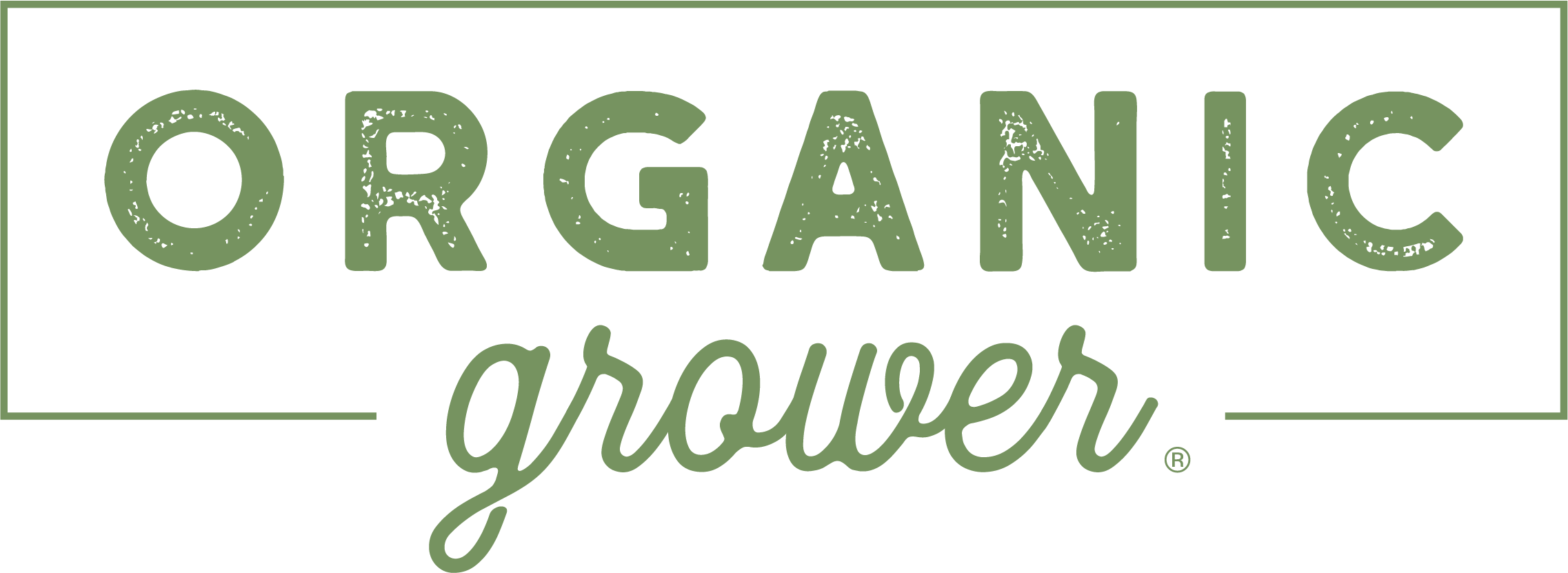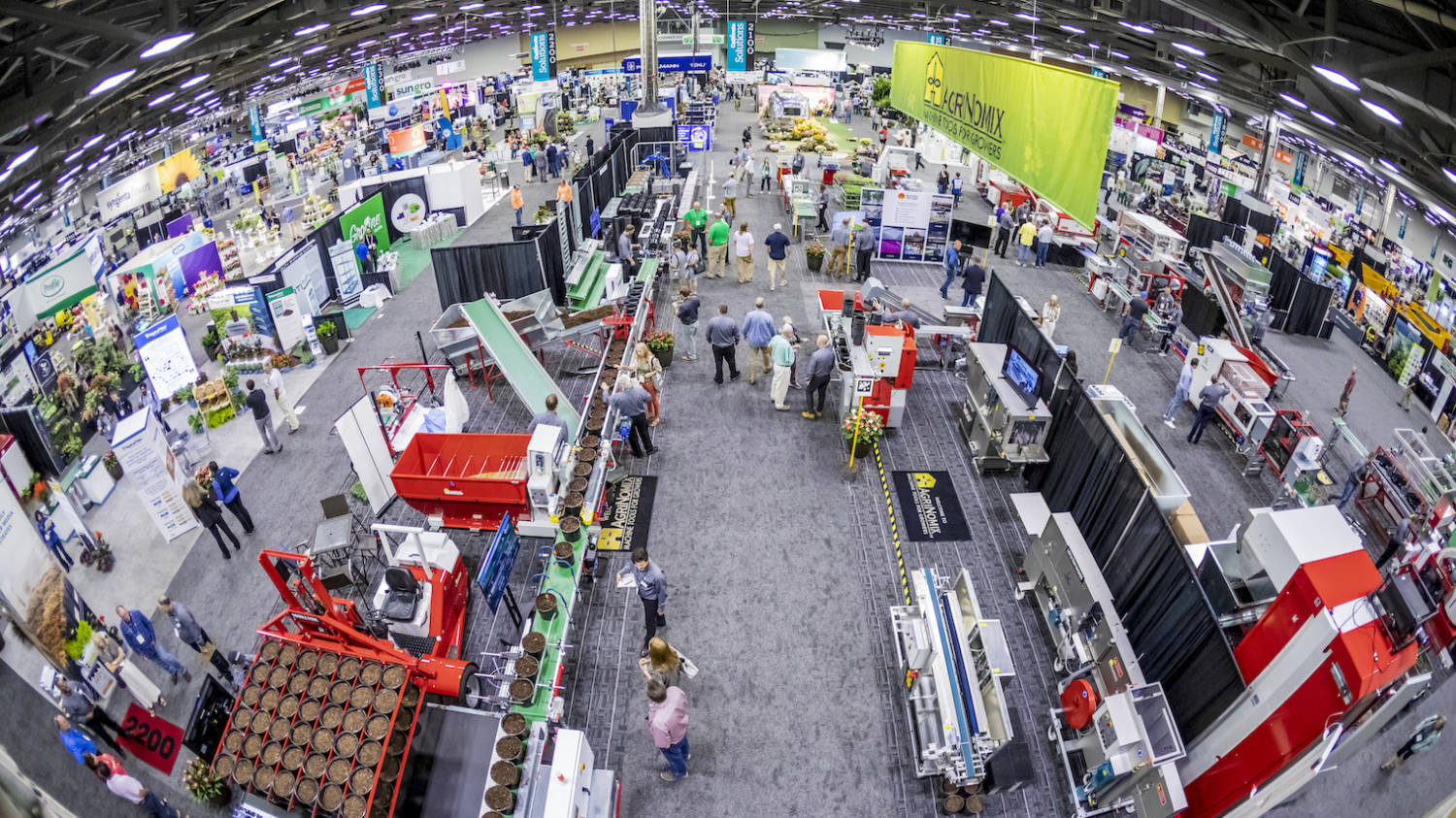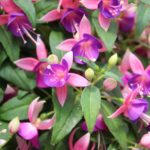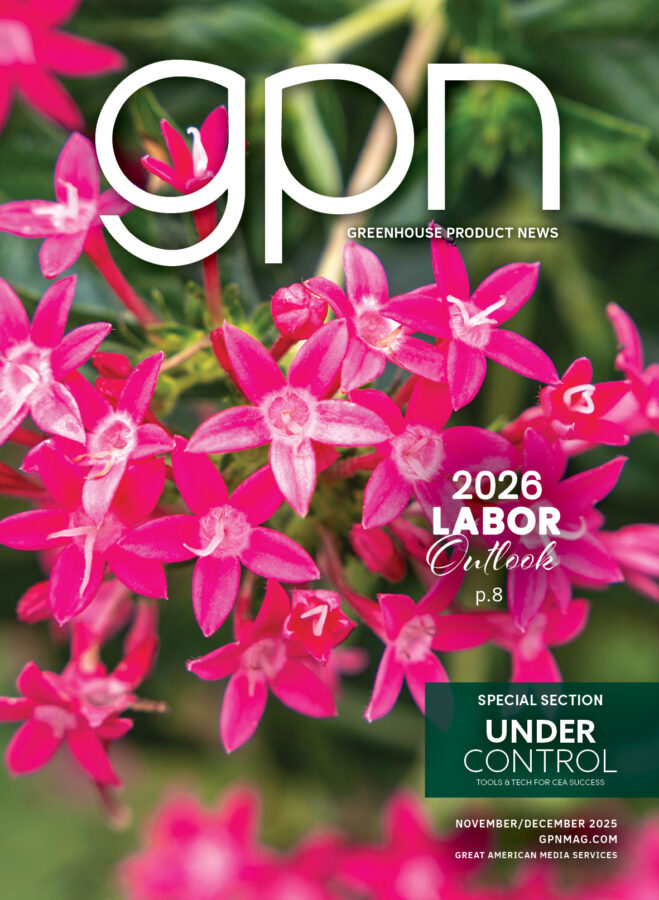
Culture Report: Dianthus American Pie Series
The American Pie collection is a beautiful new set of hybrid pinks, with amazingly delicious colors and delightful fragrance, offering customers timeless elegance for their homes and gardens. These dianthus boast the largest flower size of any perennial dianthus available on the market for more bold garden color and more impressive cut flower displays.
American Pie dianthus is available in three colors:
‘Bumbleberry Pie’ — saturated rose pink blooms with unique vivid pink centers.
‘Georgia Peach Pie’ — palest blush pink blooms with unique vibrant coral centers.
‘Key Lime Pie’ — pure white blooms with unique apple green centers.
The extra-large blooms are carried on sturdy stems that do not flop. Plants have a compact, mounded habit (11 x 11 inches), are great for picking, with long-lasting cut flowers. They are ideal for pots and containers, garden borders, and modern landscapes.
Trialed and Tested
American Pie was introduced and bred by Pinks by Whetman, the UK’s leading breeder and propagator of award-winning perfumed dianthus. Renowned for their worldwide reputation for cold and drought tolerance, Whetman genetics are truly the benchmark of dianthus breeding. Many varieties have won the RHS Award of Garden Merit, and have been exhibited at the world famous RHS Chelsea Flower Show.
 Pinks by Whetman offers great performance for greenhouse growers, nurseries and landscapers. Each cultivar is tested for cold and heat tolerance.
Pinks by Whetman offers great performance for greenhouse growers, nurseries and landscapers. Each cultivar is tested for cold and heat tolerance.
American Pie dianthus are the latest category changing breeding, offering customers the unique modern characteristics of fragrant large scented single blooms in fashionable hues. The large single flowers fit nicely with the modern more natural approach to home décor and lifestyle living.
Cold testing currently underway in Zone 3 and 4. In the landscape, dianthus prefers to be grown in full sun, although locations receiving partial sun are acceptable. Once established, they are fairly drought tolerant.
Culture
The American Pie collection is particularly suited to 6-inch and larger cache production (8 inch). Early season impulse sales can be achieved by producing quick turn 4-inch garden-ready containers.
They are happy grown in peat- or bark- based growing mixes with adequate drainage. Avoid planting dianthus too deeply or crop variability and/or losses from crown rots are likely to occur.
To improve or hasten rooting after transplanting, it is beneficial to water the liners just before they are to be planted.
Dianthus requires average to slightly below average amounts of irrigation as they do not tolerate consistently wet or overly dry growing conditions. Maintain the media throughout the production cycle with a pH between 6.0 and 6.5. Nutrients can be delivered using water-soluble fertilizers (75 to 100 ppm constant or 150 to 200 ppm as needed) or incorporating the low rate of an appropriate controlled- release fertilizer.
American Pie dianthus do not require plant growth regulators to control plant size. One to two foliar applications using the tank mixture of 2,000-ppm daminozide plus 3-ppm uniconazole are effective at controlling stem elongation.
Insects and Disease Control
Aphids, caterpillars, spider mites and thrips may be observed on occasion feeding on dianthus, but rarely become problematic. They are susceptible to Botrytis, crown and root rots (Fusarium, Pythium and Rhizoctonia), leaf spots (Alternaria, Cladosporium, Heterosporium and Phyllosticta) and rust. To prevent the occurrence of these diseases, it is best to manage the environment by providing the proper plant spacing and adequate air movement, controlling the humidity, monitoring the salt levels of the growing mix and providing proper irrigation practices. In most cases, routine scouting is effective at detecting early signs of insect or disease problems; therefore, no preventive control strategies are usually necessary.
Scheduling
Flowering of dianthus can easily be achieved from mid spring through mid summer. American Pie collection are vernalization beneficial (six to eight weeks at 41° F). Using vernalized liners will result in the most prolific and uniform flowering.
When fall planting, when producing large container sizes 8 inch and larger, it is necessary to provide a bulking phase (eight to 10 weeks) in the late summer/fall prior to being over-wintered. Small containers can be potted in the fall and overwintered or started with vernalized liners in the spring.
After the plants have been vernalized, they will flower under any photoperiod and can be grown with natural day lengths. The time necessary for flowering is largely a function of temperature. Most cultivars will bloom in eight to 10 weeks at 65 to 68° F following vernalization or 10 to 12 weeks if they are not vernalized. Producing them at cooler temperatures increases the time to flower but improves the overall quality characteristics of the plant, such as the color intensity of the foliage and flowers.
Approximate Finishing Time (using vernalized liners)
6 inch: 10-14 weeks
8 inch: 14-16 weeks
Marketing
Go to the following links to view marketing collateral for American Pie dianthus.
Video: http://planthaven.com/planthaven/marketing-support/video-dianthus-american-pie/
Website: http://planthaven.com/collection/dianthus-whetman-american-pie/









 Video Library
Video Library 


















